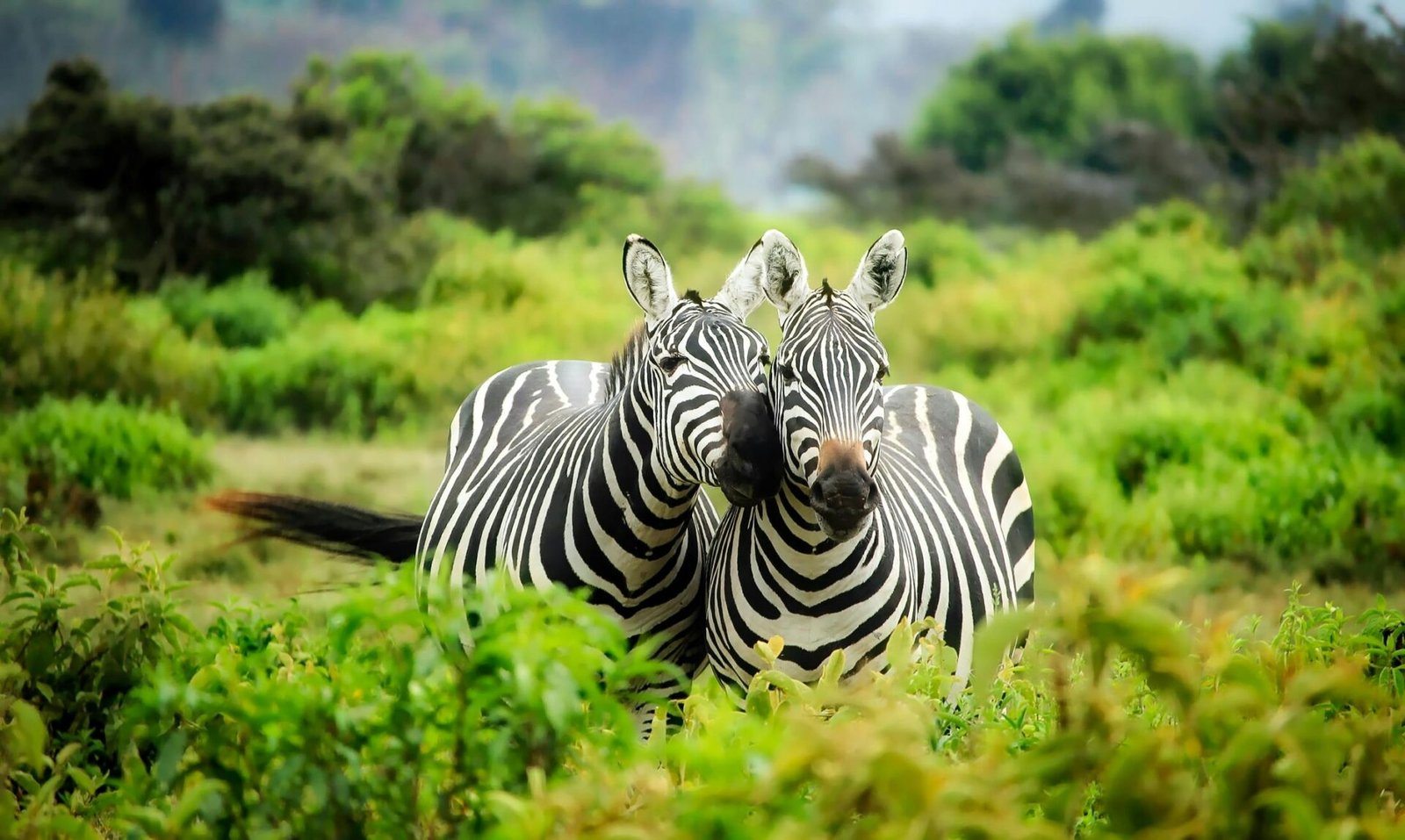The Silent Crisis: Endangered Wildlife and Habitat Destruction
The natural world is facing an unprecedented crisis. Every year, more species are pushed toward extinction, largely due to the destruction of their natural habitats. From the lush rainforests of the Amazon to the vast savannas of Africa, wildlife around the globe is under threat—and human activity is the leading cause.
What Are Endangered Species?
Endangered species are animals or plants that are at serious risk of extinction. According to the International Union for Conservation of Nature (IUCN), a species is classified as endangered when its population has declined by at least 50% over the last 10 years, or if it has fewer than 2,500 mature individuals left in the wild. Iconic animals like the tiger, orangutan, and rhinoceros are among the many species that now face a fight for survival.
Causes of Wildlife Endangerment
The leading cause of endangerment is habitat destruction. This occurs when natural environments are altered or completely removed to make way for human development. Forests are cut down for agriculture, wetlands are drained for cities, and oceans are polluted by plastic and chemicals.
Other major causes include:
- Climate change: Rising temperatures and unpredictable weather patterns disrupt ecosystems and force animals to migrate or perish.
- Poaching and illegal wildlife trade: Many animals are hunted for their fur, horns, or as exotic pets.
- Pollution: Toxic waste, oil spills, and plastic debris can poison wildlife and degrade their habitats.
- Invasive species: Non-native species introduced by humans can overrun native species, disrupting the ecological balance.
The Importance of Wildlife and Habitats
Wildlife plays a crucial role in maintaining ecological balance. Predators keep prey populations in check, herbivores help control vegetation, and pollinators like bees are essential for plant reproduction. When species vanish, entire ecosystems can collapse.
Habitats themselves—forests, oceans, grasslands, wetlands—are vital not only for wildlife but also for humans. They regulate the climate, clean the air and water, and provide resources like food, medicine, and materials.
What Can Be Done?
Protecting endangered species requires global cooperation and strong conservation efforts. Key actions include:
- Preserving natural habitats through protected areas like national parks and wildlife reserves.
- Restoring damaged ecosystems with tree planting, wetland rehabilitation, and sustainable agriculture.
- Enforcing anti-poaching laws and cracking down on illegal wildlife trade.
- Educating the public about the importance of biodiversity and how everyday choices can impact the environment.
- Combating climate change by reducing greenhouse gas emissions and transitioning to clean energy.
Conclusion
Wildlife endangerment and habitat destruction are pressing issues that affect the health of our planet and the future of all living things. By understanding the causes and consequences, and taking steps to protect our natural world, we can help ensure that Earth’s incredible diversity of life continues to thrive for generations to come.

